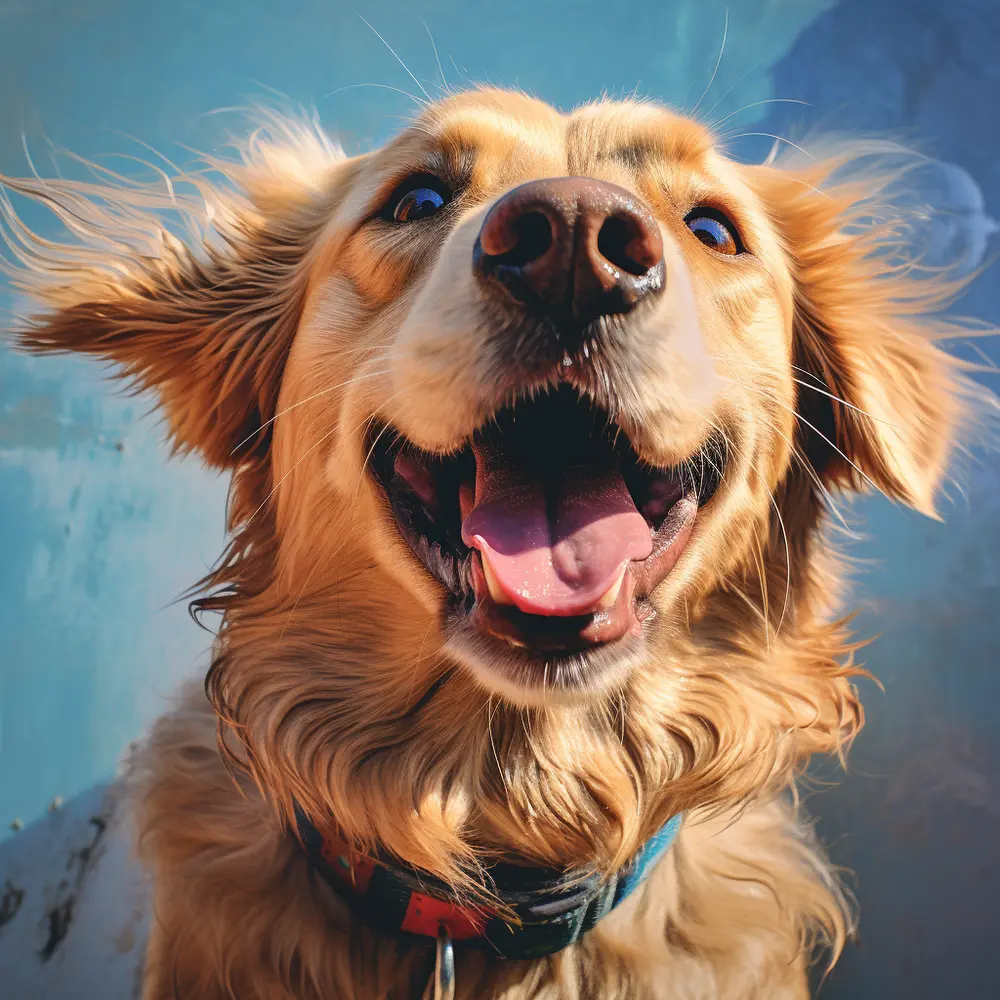Understanding Brachycephalic Dogs in Canine Science
Welcome to our glossary where we break down and demystify canine science terms. Today, we will be talking about brachycephalic dogs, a term widely used in canine science.
Defining Brachycephalic
Emerging from Greek roots, brachy, which means 'short', and cephalic, translating to 'head', the term 'brachycephalic' is used to describe dogs with short noses and flat faces. The category includes popular dog breeds like Bulldogs, Pugs, and Boston Terriers. While these dogs are known for their unique, cute features, the term 'brachycephalic' has a far more scientific relevance.
Why the Term 'Brachycephalic' Matters in Canine Science
The brachycephalic trait is not merely aesthetic. Brachycephalic dogs often face health issues related to their unique physical traits. Their short noses and flat faces often lead to narrower airways. This can result in problems such as Brachycephalic Obstructive Airway Syndrome (BOAS), which leads to breathing difficulties.
Taking Care of Brachycephalic Dogs
Knowing that a breed is brachycephalic is important for providing the right care. These dogs often need extra attention to prevent overheating and to maintain a healthy weight. Special feeders might also be necessary to help prevent choking and other eating-related problems.
The Role of Breeding in Brachycephalic Traits
Brachycephalic traits are genetic and have come out of selective breeding. It's important for breeders to understand the health implications tied to breeding for these physical attributes.
The Bottom Line
When it comes to canine science, understanding a term like 'brachycephalic' is more than getting a handle on dog breeds. It speaks volumes about a dog's health, care needs, and even its ancestry.





